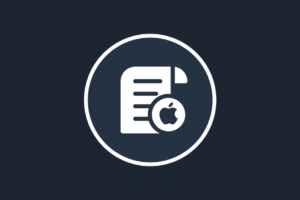Think about this in terms of the different layers of the tech stack. Foundation models, such as large language models (LLMs), sit at the bottom layer – only a handful of companies have the resources to build at this level; so leveraging state-of-the-art LLMs that others have built usually makes sense. At the top of the stack is the application layer – which is the hardest to buy because it is where the product directly interacts with users to help them accomplish their goals. There’s a thick middle layer that involves orchestrating the workflows (e.g., routing to the right LLMs for the right tasks), managing versions of prompts, responsible AI detection and mitigation, and many other functions. This middle layer tends to be deeply integrated with the rest of an organization’s development stack. While some components can be bought, for many others it is not always easy to buy and integrate out of box solutions, though there are plenty of open source options to build solutions on top of.
When considering the risks and benefits of building compared to buying tools for the tech stack, evaluate when and where working with third parties can provide more scale and leverage. Last but not least, when looking for outside capabilities, be diligent about vetting third parties from both a security and trust perspective. Find partners that adhere to similar security principles and policies.
Big Idea #2: Keep engineering teams a step ahead by investing in skills.
The skills engineering teams need to succeed are rapidly changing as AI advances. Over the past year, we’ve seen entirely new engineering skills and roles emerge, such as prompt engineering. The iterative nature of AI means that teams will need to continuously learn and evolve to keep up with innovations. Over time, AI engineering may not be a distinct discipline – it might become a necessary part of every software engineer’s skill set. For example, when we launched our AI-powered Premium experience, many of our engineers had to learn complex prompt engineering skills quickly. Reminiscent of traditional coding with Java or C++, designing a quality prompt can require careful structuring, creativity and a lot of testing. By helping our teams develop these new skills, we’re empowering our engineers, and our organization, to move quickly to leverage new opportunities.
Developing the right technical skills to build with AI will be just as important as helping teams develop the soft skills they’ll need to succeed. Our research shows that as much as 96% of software engineers’ skills – like coding and programming – may be augmented by GAI, emphasizing the people-oriented aspects of their job. Tech professionals who have developed soft skills – like communication, teamwork, problem-solving, or leadership – in addition to hard skills get promoted more than 13% faster than employees who only have hard skills. Helping teams adapt to the changing environment will be as much a cognitive transformation as a skills transformation.










